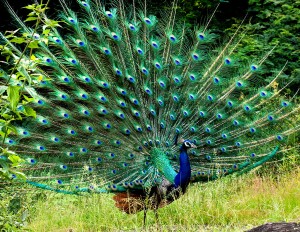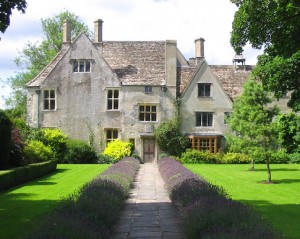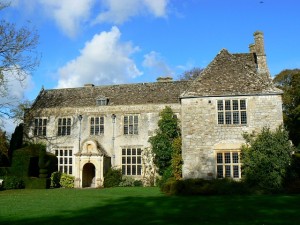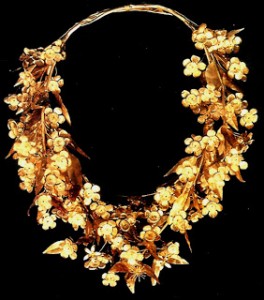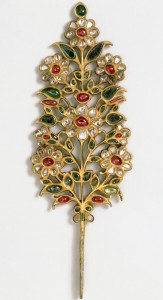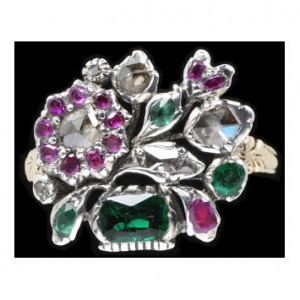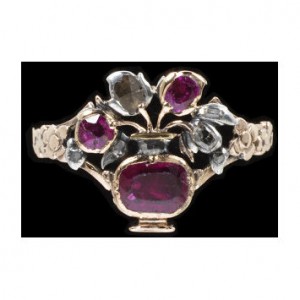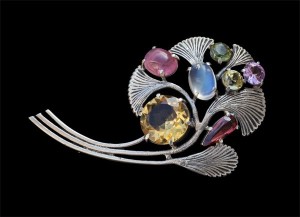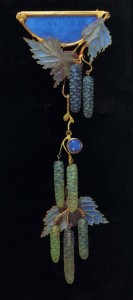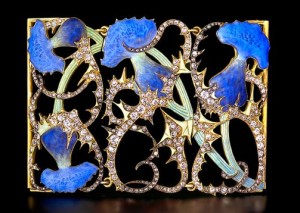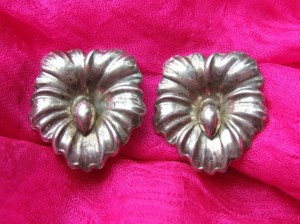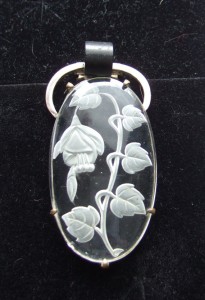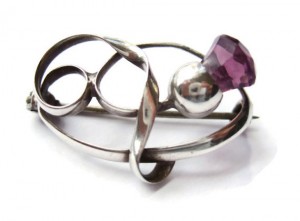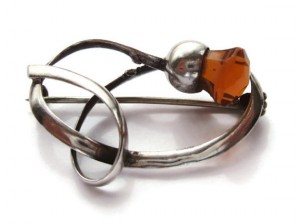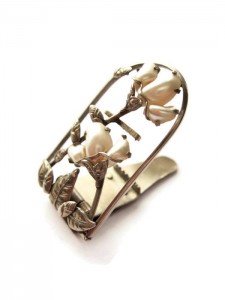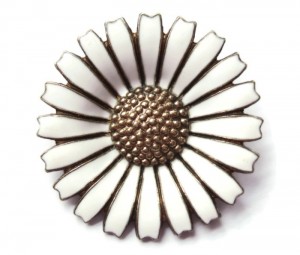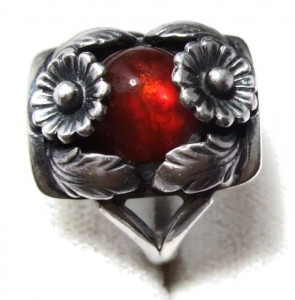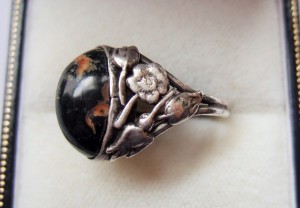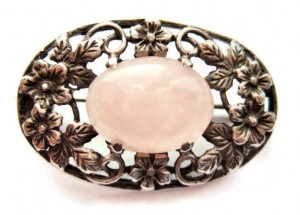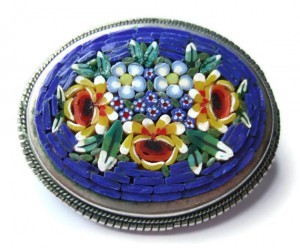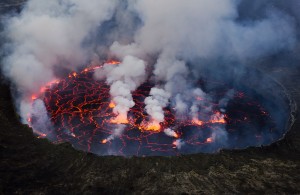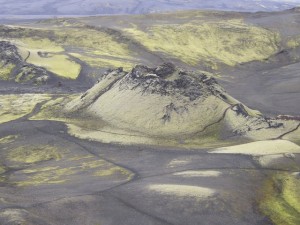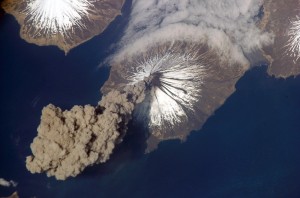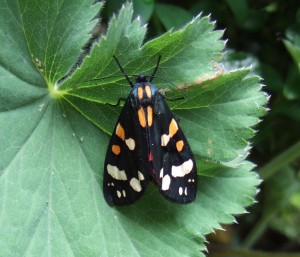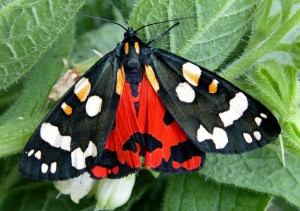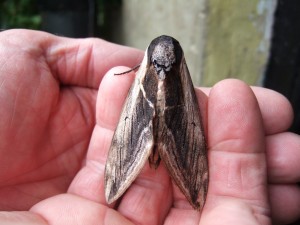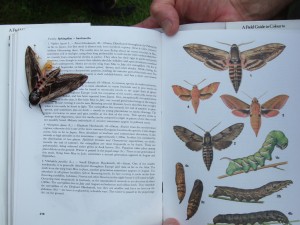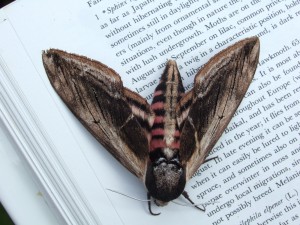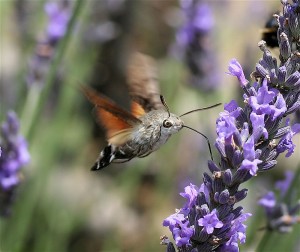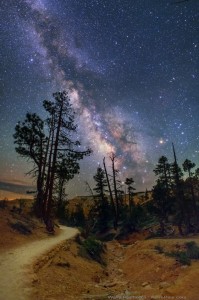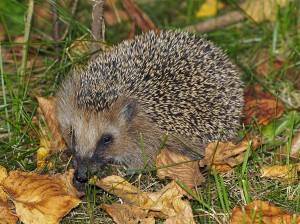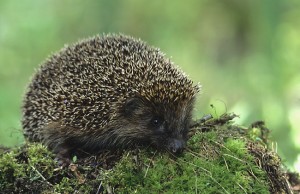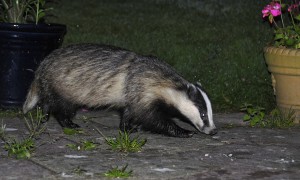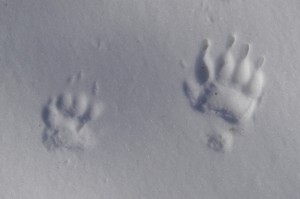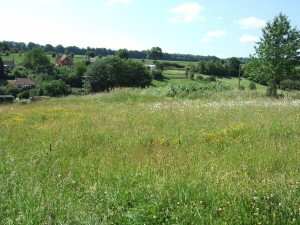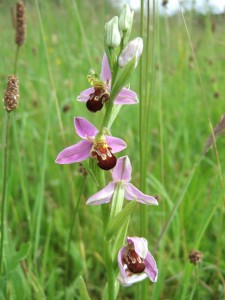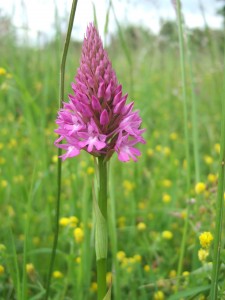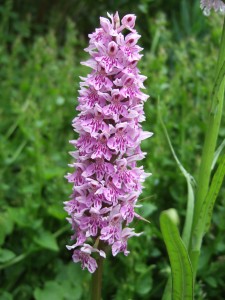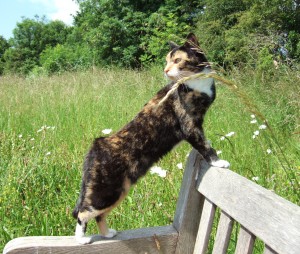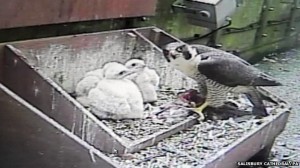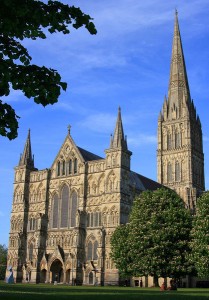There is a sweet BBC news item this morning about the peacocks at Kirby Hall in Northamptonshire who are looking for love—apparently there aren’t enough peahens to go around and so “the lovelorn birds have been displaying their tail feathers to park benches, bins and squirrels in an attempt to find a mate.”
It reminded me of the time I was working for the National Trust at Avebury in the mid 90s, as Archaeologist/Warden. There were peacocks in the grounds of the Manor House there, including a spectacular white peacock, who was even more stunning when he was displaying. The peacocks and peahens lived wild, and roosted at night in the trees. One of the males had been attacked, we thought by a fox, and needed veterinary attention. So Chris Gingell (the Estate Manager) and I managed to get this beautiful bird, full tail feathers and all, into the back of one of the Trust’s Subaru pickups (it was an enclosed one) and drive it to the vets in Devizes. The entire staff crammed into the consultation room to watch, as it was the first (and I imagine still the only) time a peacock had been brought in—and he was looking particularly impressive as he was in full feather at the time. It turned out he hadn’t been too badly injured at all and he went on to make a full recovery.
A few years later, after I’d left the Trust’s employ at Avebury to become self-employed, I heard on the morning news on Radio 4 that the villagers were trying to get the Trust to get rid of the peacocks, as they were wandering into neighbouring gardens and wrecking the flowers and their loud calls were an annoyance to some people. It wasn’t really national newsworthy, apart from the fact that they interviewed the grand old man of broadcasting and peacock-disliker Ludovic Kennedy. He and his wife Moira Shearer lived in the village and I think he might have been calling in some favours from his media chums in an attempt to pressurise the Trust into binning the birds. The birds duly went, leaving Avebury a much quieter but less colourful place.
So that’s one of the more interesting things I could put on my cv: peacock wrangler.
